Plants and pets - safe and unsafe plants for cats and dogs

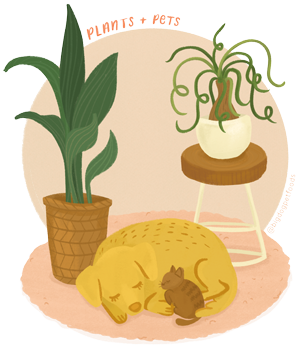
Plants and pets are excellent for human wellbeing, but what happens when the two aren’t exactly compatible?!
We’ve got a list of common plants that are safe for your 4 legged babies and also plants that should be avoided. Most of the time, plants are fine in the home as long as your pets don’t chew or ingest them. If you can keep the risky plants [that you just can’t live without] out of reach of your pet, then you may be able to live your best plant and pet life! Alternatively, if you have a puppy or a particularly curious pet, then we have plenty of beautiful plants that you can keep in your house worry-free.
Safe plants for pets
Spider Plant

Chlorophytum comosum
Spider Plants are one of the most popular plants because they are so great for beginners! Such easy-going little plants these are, even if your thumbs are black (as opposed to green) you can keep and care for a Spider Plant. Unlike pets, this plant is tolerant of neglect but would prefer if you popped it in a spot with bright, indirect light and let the soil dry between waterings.
If you feel like you’d like to try your luck at being a plant grandparent, these plants are known to sprout baby plants which you can pluck out and propagate in water or soil!
Ponytail Palm
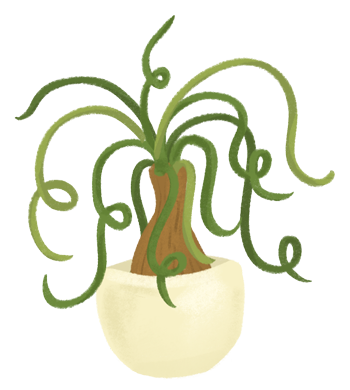
Beaucarnea recurvata
This plant is practically begging for a cat to swipe it! Luckily, the Ponytail Palm is non-toxic to pets and easy to grow (just don’t overwater them). This indoor plant does like bright light and they rarely get larger than four feet tall.
Parlor Palm
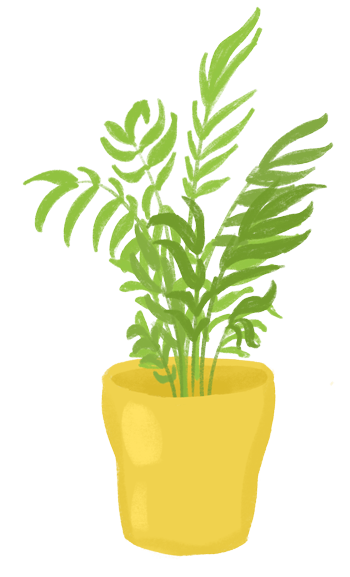
Chamaedorea elegans
Parlor Palms are a pet-friendly, low-maintenance houseplant which also happens to be a good starting point for those of us still developing a green thumb. It grows best in bright, indirect light, but can tolerate low light. Parlor Palms usually grow to about four feet but are known to reach 8 feet in a plant whisperer’s home.
Boston Fern

Nephrolepis
Boston ferns are an enduring houseplant favorite, but their wild fronds are alluring to cats and dogs. Their folage is non-toxic to our pets, so you can happily include these into your plant family. They do especially well in the bathroom as they prefer humidity and lots of bright, indirect light. Pop them in a hanging basket and watch them live their best life.
Peperomia

Peperomia spp.
Another forgiving plant, Peperomia are pretty understanding if you forget to water them occasionally. Peperomia have such diversity of colors and textures for you to choose from or to include a few in your house without the worry of any harm to your pets.
Orchid

Orchidaceae
If you’re looking for a little floral number, you can confidently add orchids to your list of pet-safe plants. Many orchids bloom for weeks in the winter and thrive in partial light and small pots.
Maidenhair Fern

Adiantum sp
Maidenhair Ferns are easy on the eye with a fan shape and feather-like quality to the leaves. These take a little bit of work to care for, but they can be easy to care for one you learn the trick. They love water! All the water! Do not forget to water! They also prefer bright light along with encouraging words of love and support (ha! Probably?). Safe for pets and great for green thumbs.
Cast Iron Plant
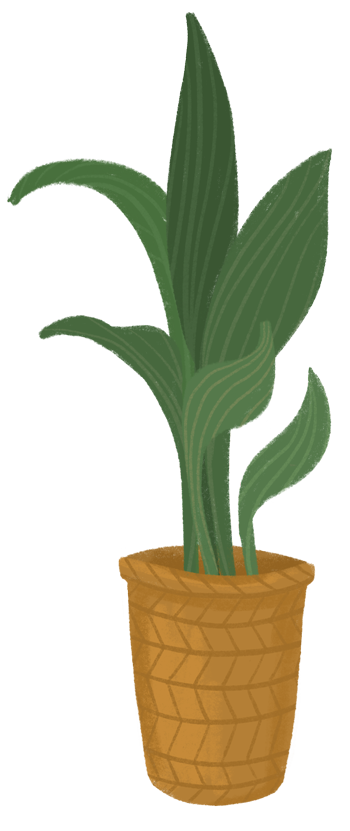
Aspidistra elatior
If you’ve got a dark room in your house this is the plant for you!
Cast iron plants are native to the forest floors of Japan and Taiwan, so they're used to very little sunlight. Direct sunlight can actually burn their leaves, so you don’t need to position them near a window.
Bromeliad

Bromeliaceae
These legends are great for ‘black thumbs’. They pretty much take care of themselves and they reproduce like rabbits (grandbaby plants!), which is great because lots of bromeliads die after flowering. They love bright light indoors and don’t need too much water, which is perfect for busy pet parents.
Zebra Cactus

Haworthia
These cute little succulents like bright but not direct sunlight and are pretty chill – they don’t require a lot of watering. They’re also pretty easy to propagate if you can get an offshoot from the ‘motherplant’ including as many roots as possible.
Plants that may be harmful for pets
Devil’s Ivy

Epipremnum aureum
If you really want this beautiful plant in your home, you’ll need to hang it up high. It’s a trailing plant so it loves a basket in the spotlight. Signs of ingestion can be noticeable immediately and include pawing at face, foaming, and vomiting. Moderate to severe swelling in the mouth may also occur, making it difficult to breathe or swallow.
Aloe Vera

Aloe barbadensis miller
This sturdy plant is popular in Aussie homes with all our Nannas racing to the garden if we ever experience sunburn. Some parts of aloe vera plant are safe for pets – the juice and gel inside the leaves is a great topical treatment for skin abrasions (just like us humans). Even the juice itself is ok for them to drink but chewing on the plant can expose them to toxins which can cause diarrhea and vomiting.
Sago Palm
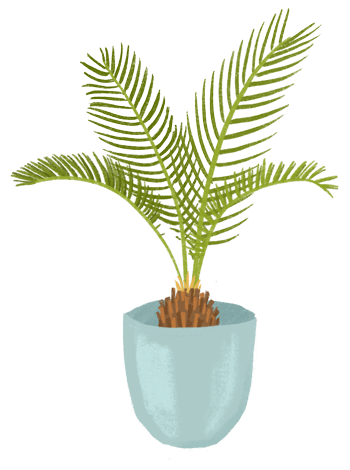
Cycas revoluta
Avoid this one if you can. They are great to look at but they are toxic for pets. The seeds/nuts are the worst and contain the largest amount of toxins; the leaves and bark will also do harm. Symptoms include vomiting, diarrhea, seizures, liver failure, and potentially death. Some beauties just aren’t worth the risk.
Fiddle leaf

Ficus lyrata
Arguably the most ‘on-trend’ house plant at the moment, the fiddle leaf fig is toxic to pets if ingested. Most cats are smart enough not to tackle this one but low-hanging leaves can be provocative to dogs. If your dog is prone to chewing on plants, we recommend that you do not bring a fiddle leaf fig into your home – symptoms can be quite painful and can cause gastrointestinal irritation as well as skin irritation. Sure, fake plants aren’t as trendy but with this being such a popular plant at the moment, you can pick up a ‘knock off’ pretty easily.
Peace Lilies

Spathiphyllum spp.
No! Not lilies! Whyyyy? Another popular and beautiful plant to keep away from our pets. Symptoms of toxicity include vomiting, oral pain, drooling and a loss of appetite.
Other dangerous types of lilies include Easter, day, Asiatic, Japanese show, Tiger lilies.
Philodendrons

Philodendron
Another tantalising plant for our pets with its long vines and heart-shaped leaves. Philodendrons contain insoluble calcium oxalate crystals, which can irritate your dog’s mouth and lips. Look for pawing at the mouth, drooling and retching.
It’s such a bummer because this plant is pretty low-maintenance, but with rare cases leading to difficulty breathing and in severe cases, death, it’s best to scroll back up to the safe list and get yourself a spider plant instead.
Chinese Evergreen
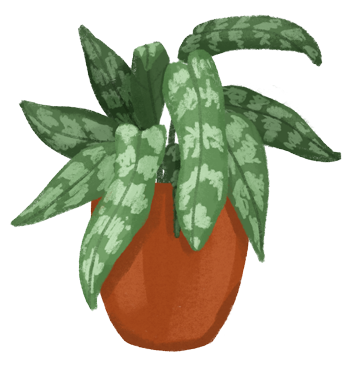
Aglaonema commutatum
Chinese evergreen doesn’t like a lot of sun, making it a popular house plant. Sadly, this plant is toxic to pets and symptoms may be noticed immediately. Your pet may paw at their face, experience foaming and vomiting, and possibly swelling in the mouth may, making it difficult for them to breathe or swallow.
Dragon Tree

Dracaena marginata
This plant loves bright light The leaves are extremely toxic to cats and dogs and may cause drooling, vomiting, weakness and dilated pupils (cats) when ingested by cats or dogs.
Mother-in-law’s Tongue

Dracaena trifasciata
This plant is so easy to take care for and will grow just about anywhere. If the name doesn’t put you off, the symptoms if ingested by pets probably will. It can result in gastrointestinal signs like drooling, vomiting and diarrhoea.
ZZ Plant
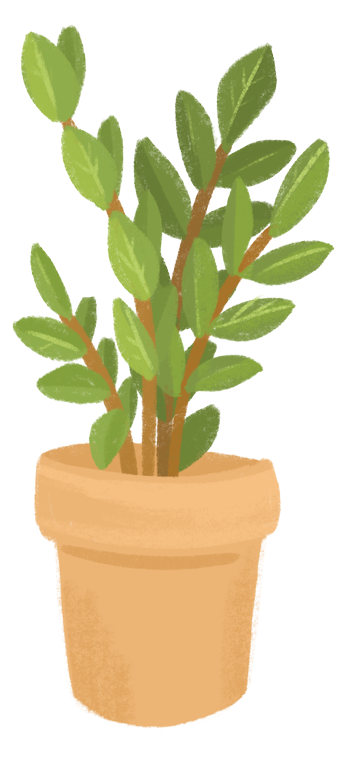
Zamioculcas zamiifolia
Hello lord of darkness! These plants thrive in low-light environments and are pretty easy to care for. Unfortunately, they may cause vomiting and diarrhea for our pets. They’re not going to grow too tall [usually no more than 4 feet], so if you keep them up high and out of reach of curious pets, you can still enjoy these dark green beauties.
Jade

Crassula ovata
If you kill a Jade plant then maybe plants aren’t for you. They are so tough and have the ability to live for up to 100 years. Sadly, they’re toxic to our pets and can slow their heart rate, cause depressing and vomiting.
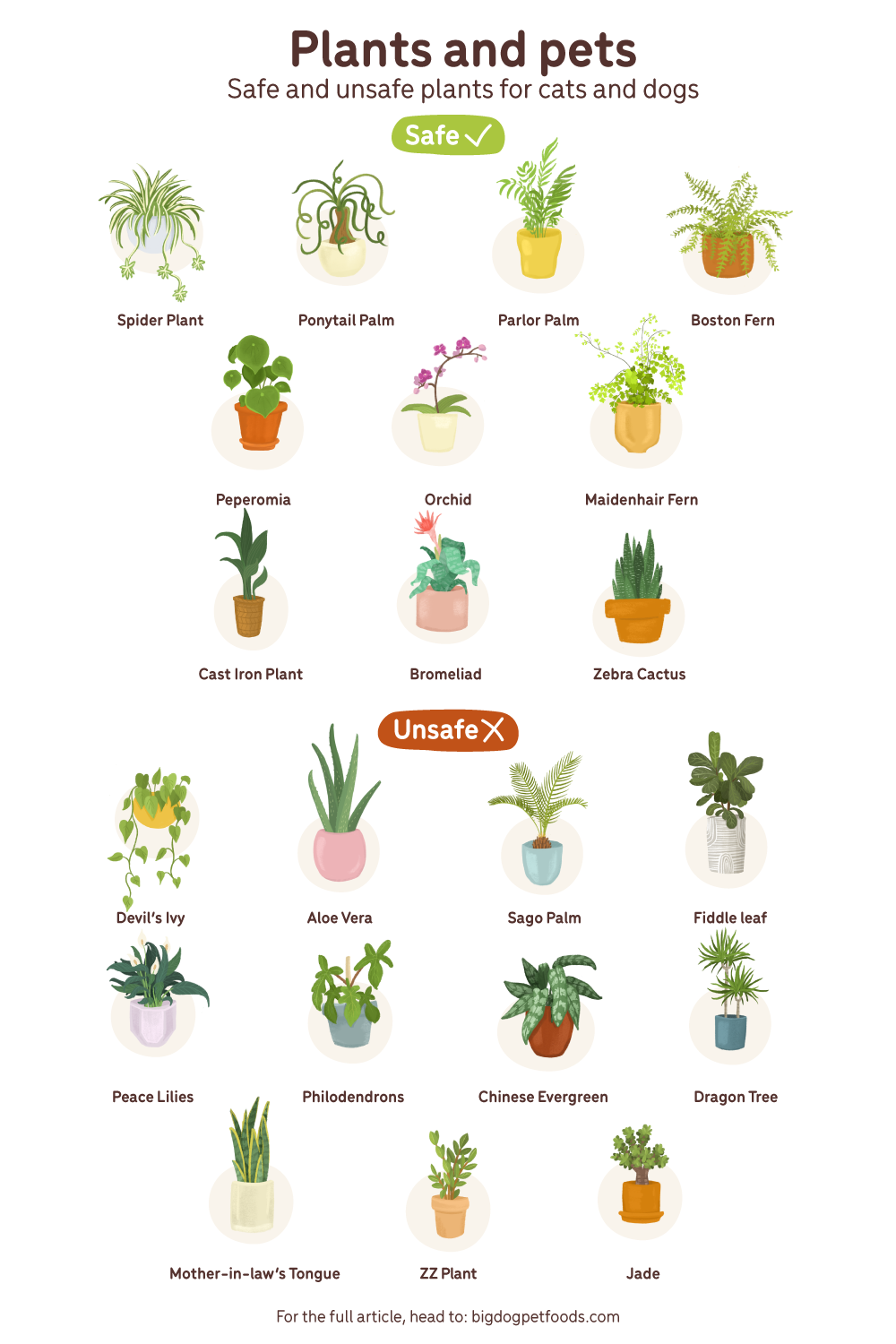
For a more detailed list see - https://www.aspca.org/pet-care/animal-poison-control/toxic-and-non-toxic-plants
